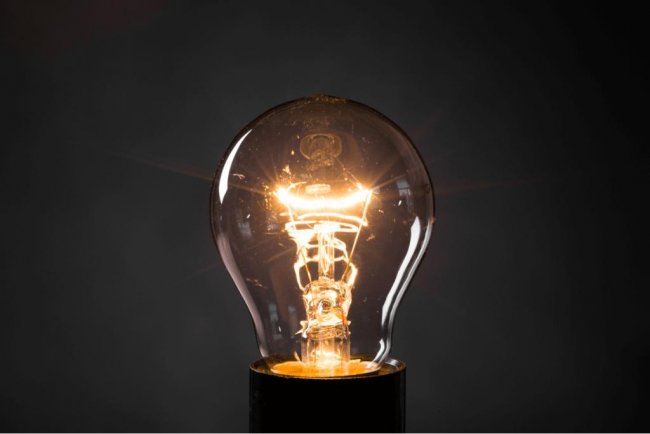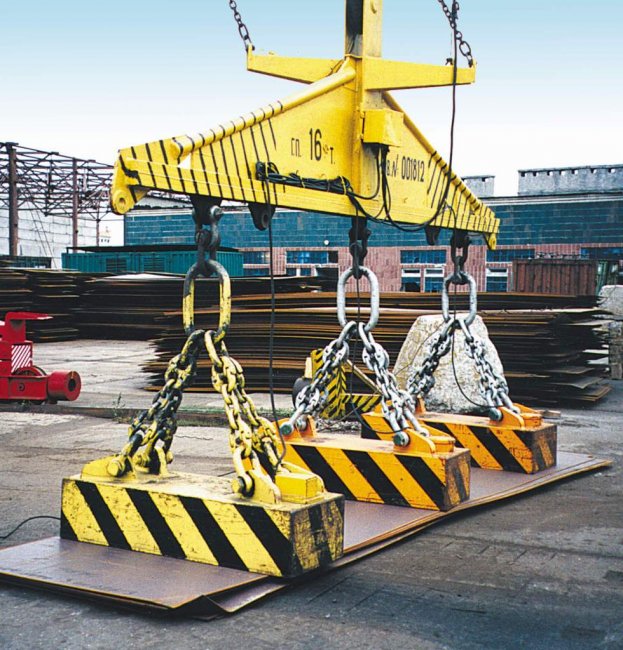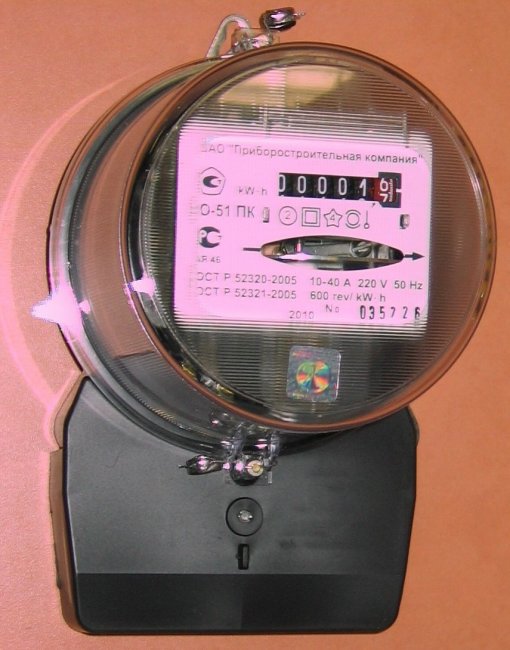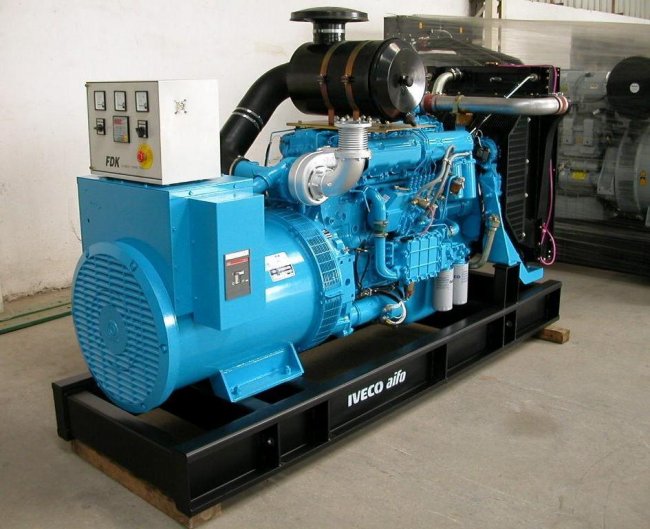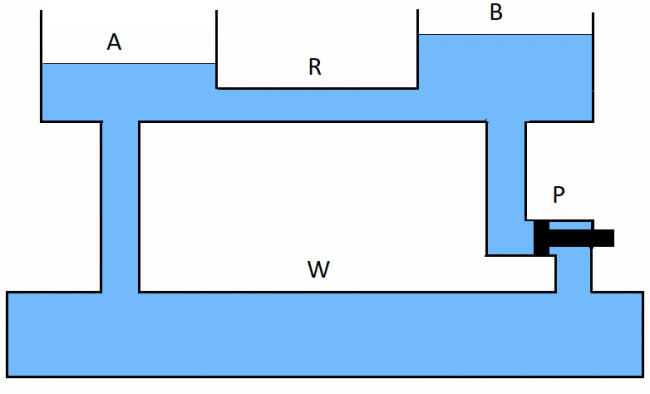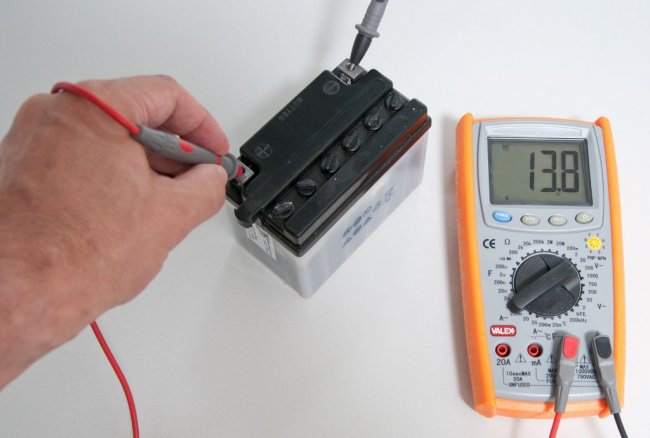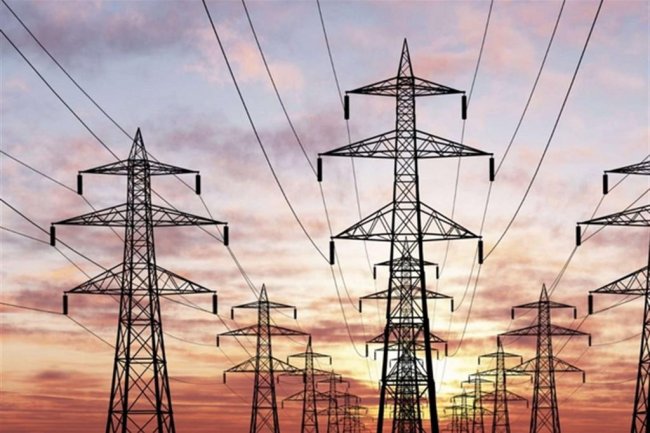How electricity works, the importance of electricity in modern life
All our knowledge in general and electricity in particular is the result of the research and experiments of a huge number of scientists, carried out over many centuries. These studies have been and are being carried out with incredible persistence, and only with mutual relations and cooperation lead to new discoveries and inventions, one after the other.
It must be said, however, that we are still hiring very little and may never know everything. Nevertheless, the inquisitive human mind will always strive to penetrate the secrets of nature step by step.
Research in the field of electricity established the following provisions:
1. The nature of electricity and magnetism is the same.
2. Everything we know about electricity and magnetism is discovery, not invention. So for example, you cannot say that someone invented the pole. So electricity is a discovery, not an invention, but its applications for practical purposes are a number of inventions.
3. Our earth itself has the properties of a magnet.
The latter is proved by the fact that the earth acts on magnets in exactly the same way as one magnet acts on another.
Magnets are natural and artificial. Both these and others have the property of attracting iron to themselves, and the ability, in suspension, to take a direction from north to south of the earth.
Through the simplest experiments, you can make sure that a magnet has the following general properties:
- attractive force
- repulsive force,
- the ability to transfer its magnetism to iron or steel,
- polarity or the ability to be located from north to south of the earth,
- possibility of taking an inclined position when hanging.
Generally speaking, we can say that magnetism is a part of the science of electricity and therefore deserves careful study.
Magnetic phenomena in physics - history, examples and interesting facts
Magnetic properties of matter for beginners
The use of permanent magnets in electrical engineering and energy
The word "electricity" comes from the Greek word for "electron" — amber, in which electrical phenomena were first observed.
The ancient Greeks knew that if you rub amber on cloth, it acquires the property of attracting light bodies, and this property is exactly manifestation of electricity.
The electricity excited in amber has a direct effect here. But it is possible to transmit electricity and therefore its actions at any distance, for example, along a wire, and for these actions to be long-lasting, there must be a so-called "source of electricity" that works all the time, that is, generate electricity.
However, it is possible to generate electricity only if we expend energy on it (as was the case, for example, with amber when we rubbed it),
So the first thing to deal with in electrical engineering is energy. No work can be done without the consumption of energy. Therefore, energy can be defined as the ability to do work.
Electricity itself is not energy. But if we somehow make the electricity move as if under pressure, then in this case it will be some form of energy called electrical energy or electricity.
When energy is expended in this form, electricity acts only as a medium that transfers the energy contained in it, just as, for example, steam is a medium for transferring thermal energy from coal to a steam engine, where it is converted into mechanical energy.
Usually the mechanical energy of steam, gas, water, wind, etc. is converted into electrical energy using special machines called electric generators… Thus, electric generators are only machines for converting mechanical energy into electrical energy, which is developed by the engines that drive them (steam, gas, water, wind, etc.).
While electric motors are no less than machines for converting electrical energy supplied to them in wires into mechanical energy, and electric lamps are devices for converting electrical energy into light, and part of the energy supplied to each user is lost in the wires .
Chemical energy can also be converted into electrical energy, for example, with the help of so-called galvanic cells.
The chemical energy of coal and other fuels cannot be converted directly into electrical energy, so the chemical energy of the fuel is first converted to heat by combustion. And then the heat is already converted into mechanical energy in various types of heat engines, which, driving electrical generators, give us electrical energy.
Hydraulic analogy of electric current
The water in tanks A and B are at different levels. As long as this difference in water levels continues, water from tank B will flow through pipe R into tank A.
If pump P maintains a constant level in reservoir B, then the flow of water in pipe R will also be constant. Thus, with the pump running, the level in tank B remains constant and water will flow through the pipe at all times. R.
In the case of an electric current, the difference in the pressure of the electricity, or as it is said, the potentials, is maintained at all times either chemically (in primary galvanic cells and batteries) or mechanically (by turning an electric generator).
Energy conversion — electrical, thermal, mechanical, light
Galvanic cells and batteries — device, principle of action, types
Electric energy: advantages and disadvantages
About electric current, voltage and power from a Soviet children's book: simple and clear
By itself, energy is not created again, it does not disappear. This law is known as law of conservation of energy… Energy can only dissipate, that is, turn into a form that cannot be used by us. The total amount of energy in the universe still remains constant and unchanged.
Thus, observing the law of conservation of energy, electricity is not created again, but it does not disappear, although its distribution may change.
By all accounts, all our electric cars and batteries are just devices for distributing electricity by moving it from one place to another.
Electrical engineering as a science has developed widely in a comparatively short period of time, and a number of its most varied applications have created an immense demand for all kinds of electrical apparatus and machinery, the manufacture of which constitutes an extensive branch of industry.
What is electricity? This question is often asked and still cannot be satisfactorily answered. All we know is that it is a force that obeys laws well known to us.
Based on the data we have, it can be argued that electricity never manifests itself without some impulse. Humanity has managed to harness this force and make it its mighty servant. We can now perfectly produce and use this energy.
Electricity is of great importance in transmitting energy over long distances from places where there is cheap energy (water or cheap fuel).
This transmission turns out to be particularly advantageous because, moreover, the wires for transmission in the case of high voltage can be taken thin and therefore cheap.
Why the transmission of electricity over a distance takes place at increased voltage
Generation and transmission of alternating electric current
How electricity is produced in a thermal power plant (CHP)
The device and principle of operation of a hydroelectric power plant (HPP)
How a nuclear power plant (NPP) works
At the point of consumption, electricity can be used for literally any purpose: lighting, power (in a wide variety of applications), heating, etc.
Likewise, electricity is widely used in extracting metals from ores, pumping water and ventilating mines, telecommunications, electroplating, medicine, etc., bringing convenience everywhere and making production cheaper. That is why any educated person in our time can no longer be ignorant of electrical engineering.

